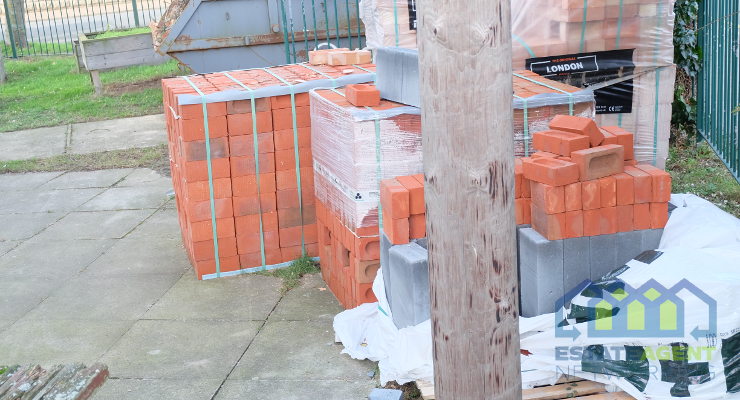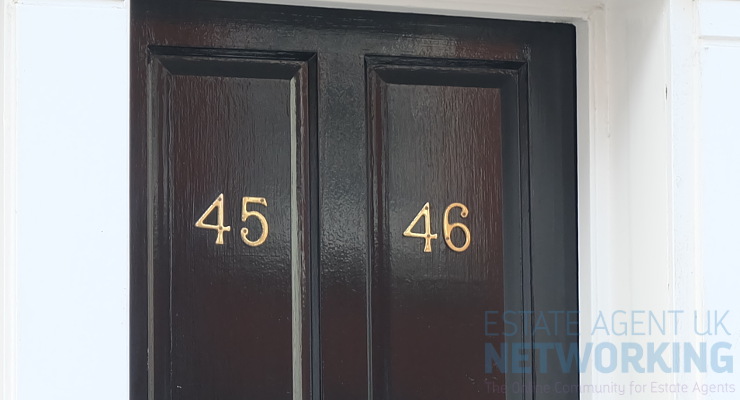Build To Rent – At Scale or At Risk?
It would be pretty difficult to have missed the meteoric rise of the PRS Build to Rent sector in the last 12 months. But in a country which places such huge emphasis on home ownership, is this new tenure model already doomed before it’s really begun?
This was the topic at hand at the PRS Conference I attended recently, when hundreds of developers, investors, planners and housing experts came together for a day of – often heated – debate, discussion and navel-gazing about how, or indeed if, industry and government should come together to mobilise the build to rent sector as part of the wider PRS offering. With the British Property Federation suggesting there are as many as 30,000 Build to Rent units in the pipeline with planning permission, could 2016 be the year that building for renters comes of age?
The morning started with a plea from Housing and Planning Minister, Brandon Lewis, to unite as an industry and tell Government what it needed to do to enable growth and support this flourishing sector. He also stressed the importance of professionalising the private rental sector as a whole, citing the US rental market as a particularly inspirational example of how private renting can be institutionalised. Of course, there are already some encouraging signs of this, with the US National Apartment Association (NAA) now launching its UK counterpart, the UKAA, with a conference planned for October 2016.
Given the Government’s push for home ownership however, does it makes sense to build rental homes? Yes, very much so. In London alone, it’s estimated that in the next ten years, 60% of Londoners will be renting. And whilst there is a lot of talk of ‘trapped’ renters who can’t afford to buy, there is equally a recognisable shift in renting becoming the alternative tenure of choice, and one of not necessity. This is what’s driving the demand for appropriate rental homes – it’s simply not enough to recycle homes built for ownership into the buy-to-let market.
As the conference progressed, there was a general consensus emerging in terms of how the industry needed to move forward and reach scale and volume. We had lenders telling us they had access to funds, central and local government telling us they wanted to support build to rent, researchers telling us the demand was there, and housing providers telling us they wanted to build – so what’s the problem?
Generally, it boils down to land supply, use class and planning complications, some uncertainty around viability and valuation, and added tax complications. And whilst some voices were calling for the Government to back off and let the sector ‘just be’, there was also the very divisive question of regulation, which brought us back around to the Minister’s point about ensuring the sector is professionalised.
It was evident by the numbers in attendance, and by the calibre of speakers at the conference that this sector is not going to go away. We have been designing and building quality new homes for decades, but designing and building them for renters is an entirely different proposition. Yet, it was clear from the opinions, examples, experts and funders at the conference that build to rent is poised for growth, with significant pent up demand from a burgeoning tenant population.
It was great to see that there are already a number of fantastic build to rent PRS developments being delivered across the whole country by the early pioneers – it seems that the industry and the Government are now trying to catch up.









